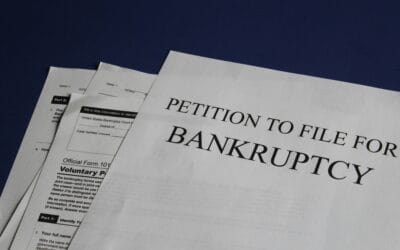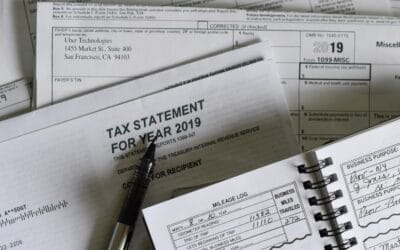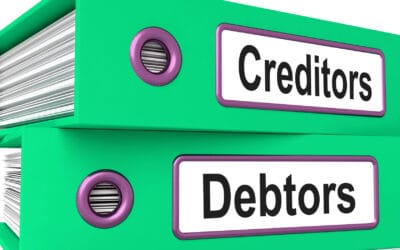Introduction
Understanding Bankruptcy Basics
✅ Chapter 7 Bankruptcy
- Discharges most unsecured debts, like credit cards and medical bills
- Requires a means test to qualify
- Involves liquidation of non-exempt assets
- Typically completed in 3–6 months
✅ Chapter 13 Bankruptcy
- Allows you to reorganize your debt into a repayment plan over 3–5 years
- Helps stop foreclosure and catch up on missed payments
- Lets you keep your home and vehicle while repaying debt gradually
Top Resources to Learn More About Bankruptcy
2. Federal Trade Commission (FTC)
3. National Foundation for Credit Counseling (NFCC)
Tools to Prepare for Filing
- Consumer.gov Budget Worksheet – A simple budgeting tool
- AnnualCreditReport.com – Check your credit report from all 3 bureaus for free
- MyMoney.gov – U.S. Treasury resources for financial literacy and rebuilding after bankruptcy
Should You File Bankruptcy? Talk to an Attorney First
- Whether you qualify for Chapter 7 or Chapter 13
- How filing could impact your credit and assets
- What exemptions are available to protect your property
- How to rebuild and move forward after your case is complete












